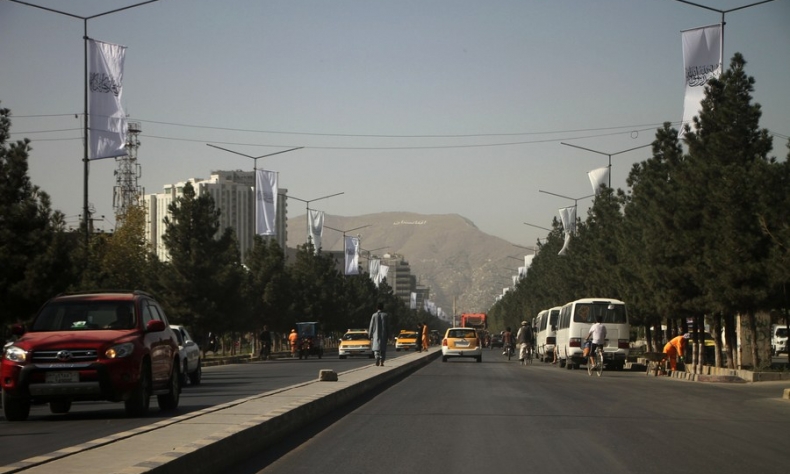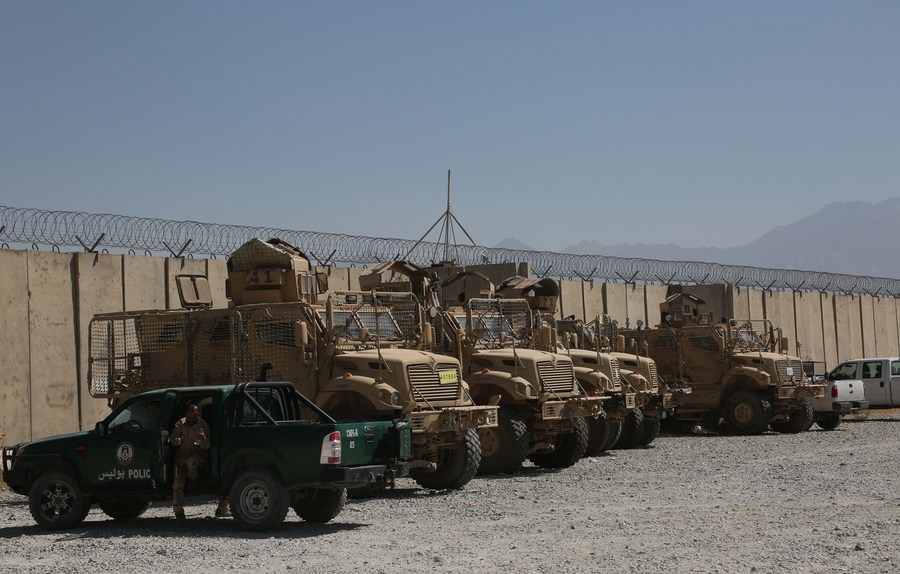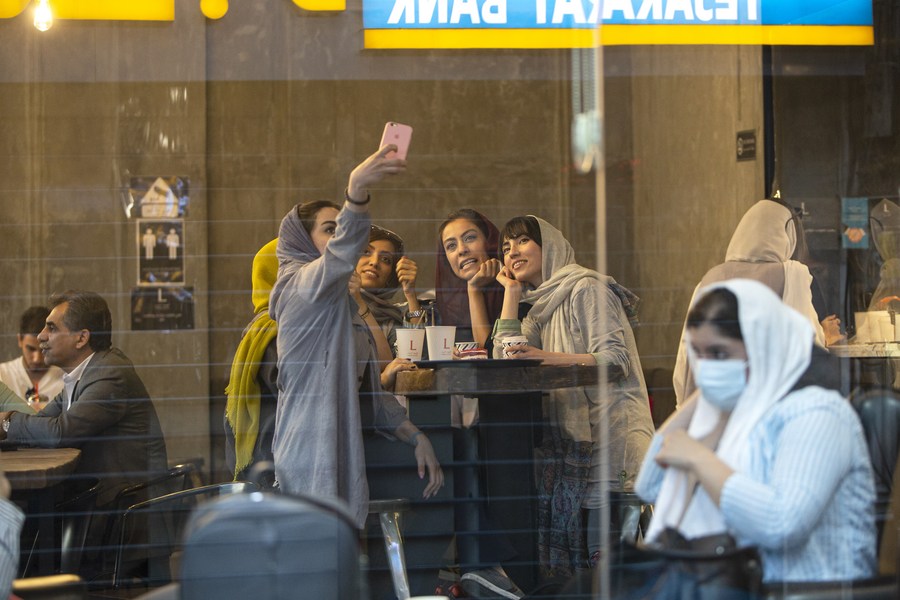Opportunities to Rebuild Security in the Middle East

Countries, such as Saudi Arabia, have finally awakened from the illusion of America’s security protection, and began to realize that only by security cooperation and coordination with neighboring countries can they materialize security of their own.
The U.S. withdrawal from Afghanistan in late August reflected the general trend of its declining role in the Middle East, indicating that it would further reduce its military presence in the region. Despite the concerns of its Arab allies being abandoned, the U.S. readaptation of its Middle East policy will provide opportunities for regional actors to build security structure via cooperation and coordination.
There had been a kind of regional security structure or order in the Middle East since the end of the Cold War though the word “chaos” had been frequently used to define the security situation there for decades. The U.S., as a hegemonic power, had sat at the top of the Middle East security structure, and countries in the region had been divided into moderates and radicals according to their relationship with America.
Those who embraced the U.S. were regarded as moderates, while those who opposed it were radicals. The U.S. supported and took care of the security issues of the former, and bullied the latter.
This kind of structure has served to maintain a minimal level of stability since the Gulf War in 1991 when the U.S. established its dominance in the region. The structure began to collapse around 2011 when Barack Obama expressed the intention to withdraw troops from Iraq and Afghanistan.

The fragile U.S. security structure is the reason why the region had been often described as chaotic or turbulent. While moderates enjoyed staying under the security umbrella, radicals frequently took opportunities to challenge the U.S. to express their discontent.
To put it another way, the security structure created by the U.S. in the post-Cold War Middle East had obvious flaws since its establishment. Those excluded countries and groups, which are a significant part of the region, always wanted to challenge it. Such a flawed security structure was always destined to collapse.
After 2011, as the United States shifted its focus to the Asia-Pacific region, others have taken the opportunity to expand their influence. For instance, Iran established the so-called Shiite Arc from Yemen to Syria and Lebanon, which helped it turn into a powerful regional actor. However, those who used to depend on the U.S. for protection had to work out a self-reliant approach to protect their own security. For example, Saudi Arabia tried to establish an alliance with other Arab countries and the Islamic world to confront Iran’s influence.
The confrontation between Iran and Saudi Arabia, therefore, became the defining feature of regional geopolitical competition over the past decade, which has overwhelmed development of the region, leaving countries and people struggling in uncertainty.
It was not responsible for the U.S. to establish a security structure that was exclusive and merely reflected its own will and interests. It was not able to ensure the security of anybody. With the U.S. withdrawal from the Middle East, the fragile stability has collapsed.
However, the U.S. withdrawal did provide opportunities for Middle Eastern countries to create a security structure of their own.

Countries, such as Saudi Arabia, have finally awakened from the illusion of America’s security protection, and began to realize that only by security cooperation and coordination with neighboring countries can they materialize security of their own. Moreover, Iran, despite being a beneficiary of the geopolitical competition over the last two decades, might also be aware that it cannot achieve progress without a stable environment with its neighboring countries.
Therefore, we can see that there have been frequent interactions between Saudi Arabia and Iran this year. For example, both countries have engaged in several rounds of negotiations over the Yemen issue. In August, both countries participated in the Baghdad summit hosted by Iraq which aimed at easing tensions in the Middle East region. Moreover, Iran’s foreign minister met officials from Saudi Arabia and other Gulf Arab countries at Iraq’s embassy in New York in September.
The decision-makers on both sides have clearly expressed their intentions to improve bilateral relations. Saudi Arabia’s Crown Prince Mohammed bin Salman said in April that all that they hope for is to have “good relations” with Iran. Likewise, Iran’s President Ebrahim Raisi also expressed his goodwill to restore diplomatic relations with Saudi Arabia in his speech after taking office on Aug. 6.
Rome was not built in a single day, and a diplomatic relationship between Saudi Arabia and Iran will not be easy to establish, considering their long-held differences. The good thing is that both countries have realized that cooperation and coordination are the keys to materializing national security and regional prosperity. Their endeavors for dialogue and tensions alleviation will finally lead to a new security structure established in the Middle East. This should not be just a dream.
Jin Liangxiang is Senior Research Fellow with the Center for West Asian and African Studies, Shanghai Institutes for International Studies.
 Facebook
Facebook
 Twitter
Twitter
 Linkedin
Linkedin
 Google +
Google +










